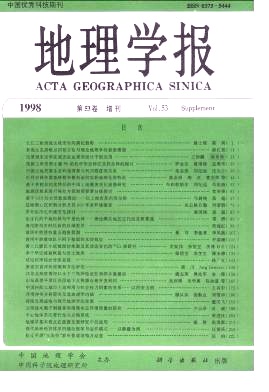Professor Huang Bingwei, the Academician of the Chinese Academy of Sciences (CAS), Honorary Director of the Institute of Geography, CAS, and Honorary President of the Geographical Society of China, is an outstanding geographer whose contributions to geography gained national and international recognition. In the development of modern geography in China, Prof. Huang Bingwei, in accordance with the features and laws of the discipline, has paid close attention to the international trend and direction of the geographical study, advocated interdisciplinary research across the natural and social sciences, emphasized comprehensive studies, energetically introduced new ideas, new technologies and new methods, attached importance to the combination of theory with practice, though highly of bringing geography to serve economic construction, especially agriculture, and made notable contributions to the development of Chinese geography and international cooperation as well as improvement of research level of geographical science in China. As early as the 1930s, Prof. Huang Bingwei had stared to pay attention to and studied physical environment and regional differentiation of its components in China. The Physico geographic Regionalization of China, the most detailed and systematic work of this field completed in 1950, revealed the basic characteristics of physical areal differentiation of China and served as a foil to the law of natural zonality of geography. In the 1950s, he contemplated to promote the studies on contemporary physical, chemical and biological processes of the earth surface. The aim of it is to provide basis for fully utilizing and transforming nature by means of tracing back to the law of migration and transportation of matter and energy among different bodies in nature. The birth of this notion in China was about 25 years ahead of its counterpart in the developed world. In the 1950s, he for the first time, distinguished soil erosion on the Huangtu (Loess) Plateau into pydraulic, gravational, wind force and cave forms and compiled the first 1∶4 000 000 scale regional map of soil erosion of the middle reaches of the Huanghe (Yellow) River. In the 1980s the forwarded the issue of utilization and transformation of steep lands. All the above said work are his pioneering contributions in this realm of scientific inquiries in China. In the 1990s, Prof. Huang has gradually entered into a new realm in his studies, i.e., the researches of scientific basis of sustainable development strategies, and made great endeavors to this field. In 1996, he won the IGU special honorary certificate. 1998 is the 85th birthday of Prof. Huang Bingwei. This group of articles reflects his academic thoughts, particularly the theory, structure and methods on researches of scientific basis of sustainable development strategies from different aspects.
